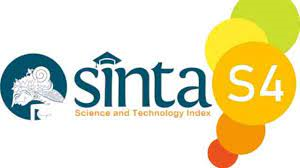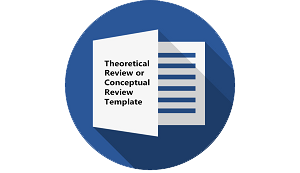DESIGNING COMPUTER ASSISTED LANGUAGE LEARNING SOFTWARE EVALUATION
DOI:
https://doi.org/10.30957/ijoltl.v3i2.454Keywords:
CALL, computer, design, classroom activity.Abstract
ÂÂ
The use of computer to assist learning has increased significantly through more than three decades. However, the use of the instrument is still becoming a problem among teachers and educators. This paper discusses the evaluation criteria in selecting Computer Assisted Language Learning (CALL) software in language and skill development for ESL/EFL. The CALL evaluation criteria proposed in this paper is aimed to assist English language teachers to determine good quality CALL software used in classroom activity. CALL has proven its benefits for three aspects: programming consideration, educational design, and easy for use. A checklist describing evaluation aspects of the CALL is provided in this paper.
Â
Downloads
References
Bradin, C. 1999. CALL Issues: Instructional Aspects Of Software Evaluation. In Egbert, J. & Smith, E. H (Ed). CALL Environments; Research, Practice, And Critical Issues. Virginia: TESOL, Inc.
Gare, R. 1982. Educational Software Development; A Guide To The Design And The Development of Computer-Based Learning Materials. Queensland: Curriculum Branch, Department Of Education.
Gayeski, D. M. 1993. Multimedia For Learning: Development, Application, Evaluation. New York: Educational Technology Publications, Inc.
Hubbard, P. 1996. Elements Of CALL Methodology: Development, Evaluation, And Implementation. In Pennington, M. C (Ed). The power of CALL. Althestan: Houston, TX
Knowles, S. 1992. Evaluation Of CALL Software: A Checklist Of Criteria For Evaluation. ON-CALL, 6 (2), 9-20.
Kotter, M. 2000. Tandem Learning on the Internet. Germany: Peter Lang GmBh
Levy, M. 1997. Computer-Assisted Language Learning: Context and Contextualization. Oxford: Oxford University Press.
Levy, M. 1998. Evaluation of New Software Packages. In Levy, M. & Farrugia, D. Computer in Language Teaching: Analysis, Research, And Reviews. Melbourne: TAFE
Maddux, C.D., et. al. 1992. Educational Computing. New York: A division of Simon & Schuster, Inc.
Scholfield, P. J. 2000. Evaluation of CALL software. Essex, UK. (On-line). Retrieved 8 August 2004 from http://privatewww.essex.ac.uk/-scholp/calleval.htm
Stevens, V. 1989. A Direction for CALL: From Behavioristic to Humanistic Courseware. In m. C. Pennington (Ed.). Teaching Language with Computers. The state of the art. La Jolla, California: Athelstan Publications
Downloads
Published
How to Cite
Issue
Section
License
Authors who publish with this journal agree to the following terms:
- Authors retain copyright and grant the journal right of first publication with the work simultaneously licensed under a Creative Commons Attribution-ShareAlike 4.0 International License that allows others to share the work with an acknowledgement of the work's authorship and initial publication in this journal.
- Authors are able to enter into separate, additional contractual arrangements for the non-exclusive distribution of the journal's published version of the work (e.g., post it to an institutional repository or publish it in a book), with an acknowledgement of its initial publication in this journal.
- Authors are permitted and encouraged to post their work online (e.g., in institutional repositories or on their website) prior to and during the submission process, as it can lead to productive exchanges, as well as earlier and greater citation of published work (See The Effect of Open Access).












